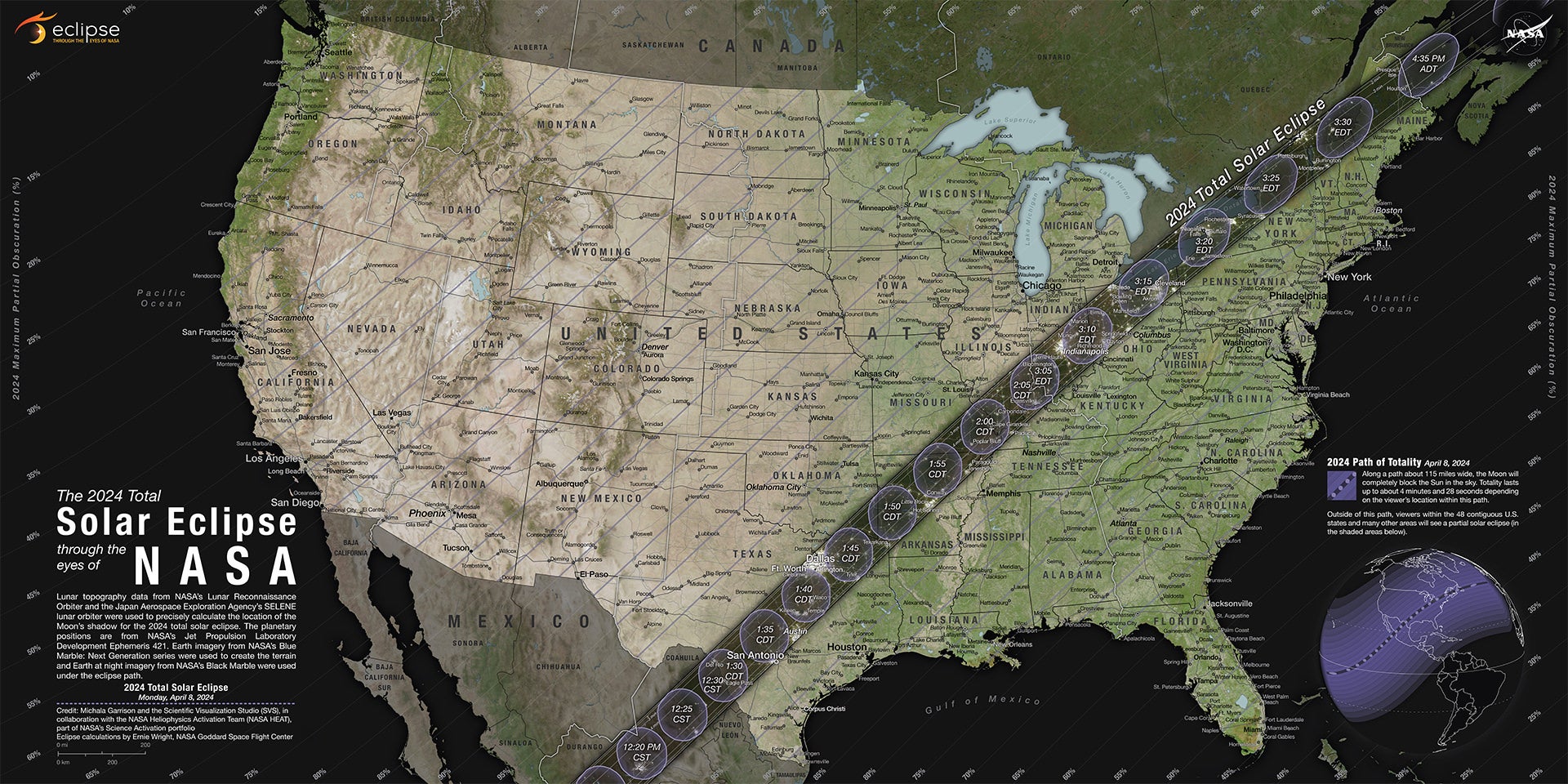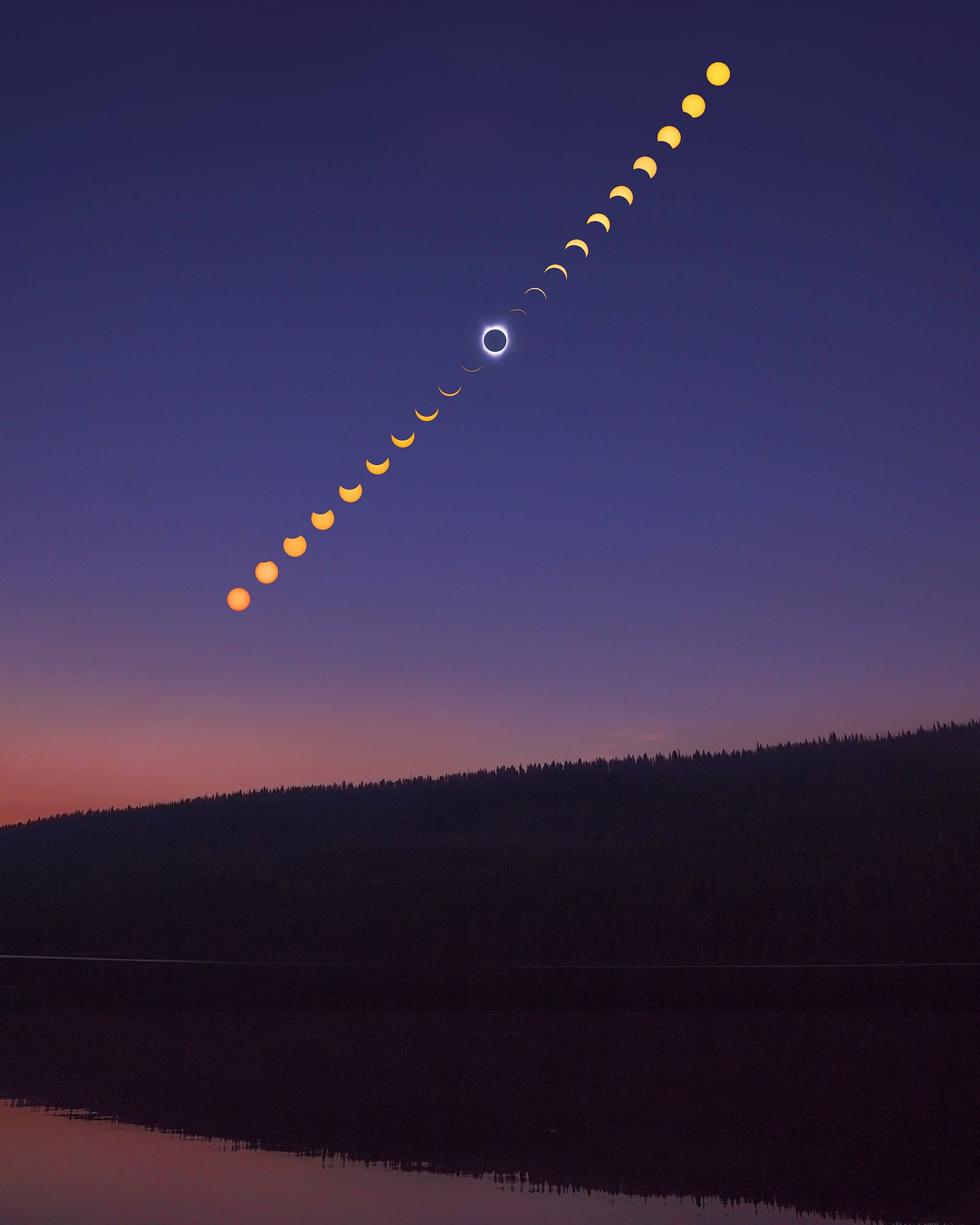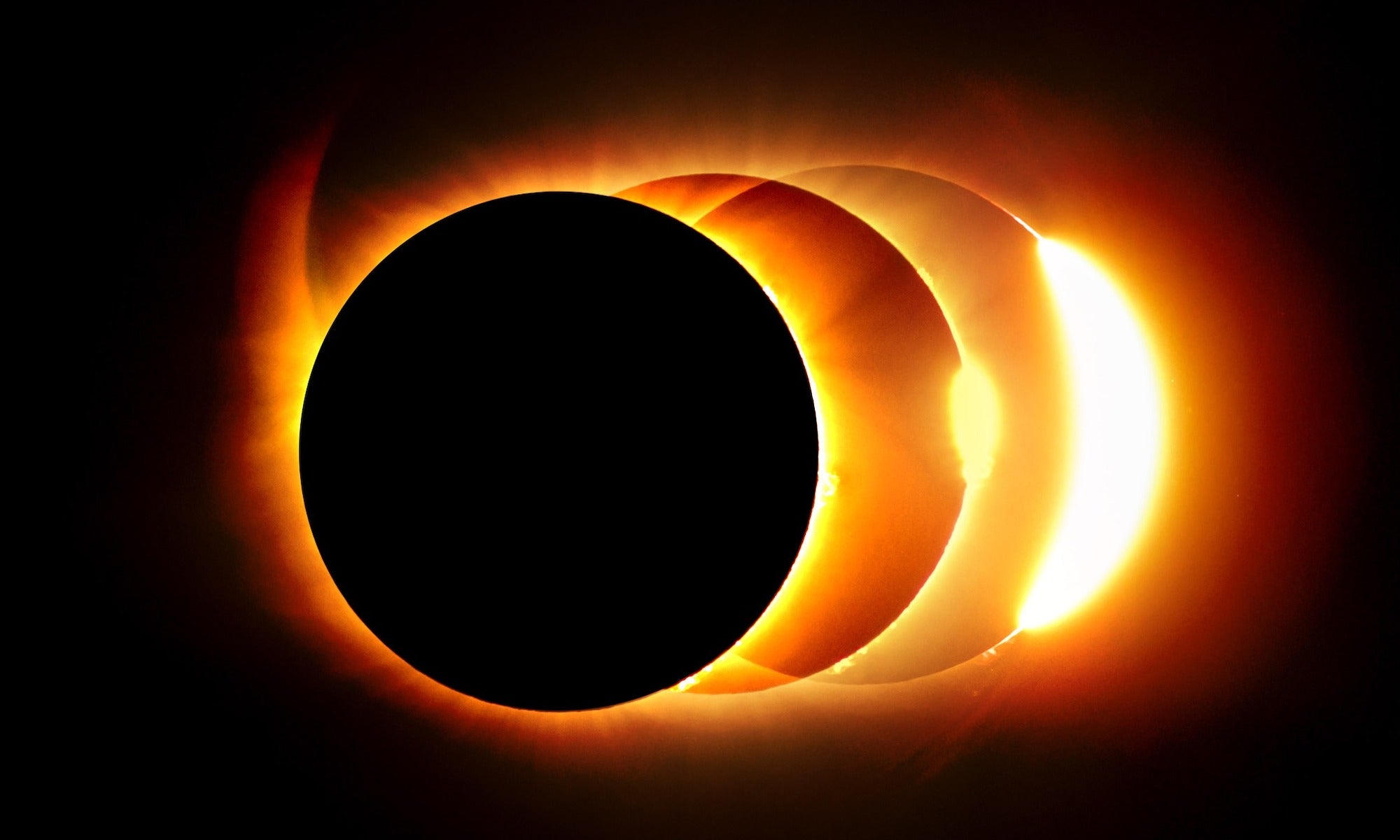On April 8, 2024, there’s going to be a solar eclipse that will be visible across much of North America during the day. Many Sony photographers are planning to head out to capture the event, and we want to help make sure you’re prepared and don’t miss the moment. We’ve put together a complete guide to help you prepare and photograph the upcoming eclipse. Check it out below and don’t forget to share your eclipse images in the Alpha Universe Community Forum and on social media with #SonyAlpha.
On April 8, 2024, there’s going to be a total solar eclipse that will be visible across much of North America during the day – here’s how to photograph it.
When & Where To Photograph The Eclipse
The eclipse will take place on April 8, 2024, but it’s important to plan out your timing and location prior to the event. An eclipse certainly doesn’t last forever (or even for three minutes), so you want to make sure you’re in the right place at the right time and ready to go. Note that it’s also important to pay attention to the weather and be prepared to be flexible.
NASA is an excellent resource for finding out what time the event will occur in your location. Below you’ll find times that totality begins in some U.S. cities in the path of totality, and you can find a larger time table on NASA’s eclipse website. They also provide several visuals of where you can expect to see the 2024 total solar eclipse.
City: Dallas, Texas
Totality Begins: 1:40 p.m. CDT
City: Little Rock, Arkansas
Totality Begins: 1:51 p.m. CDT
City: Cleveland, Ohio
Totality Begins: 3:13 p.m. EDT
City: Buffalo, NY
Totality Begins: 3:18 p.m. EDT

Graphic from science.nasa.gov.
Another popular resource for establishing the best location to photograph events like this is PhotoPills. It allows you to easily scout out a potential photo, as well as calculate and manage the best time and place to get the shot you’re going for. Sony Brand Ambassadors and adventure photographers Nate Luebbe and Autumn Schrock will be using the app to plan out their eclipse shots. It’s a great resource to use even beyond this event, and the two rely on it to plan out some of their most epic shots. “It allows you to see exactly where the sun will rise and set, where the Milky Way will be in the sky at any given place and time, and even where the eclipse will happen. I highly recommend it for all of your planning needs,” says Schrock. You can get more of their tips in the Solar Eclipse Photography Checklist and check out their AMA in the Alpha Universe Community Forum on March 28 from 3-5pm MT. (Miss the Live AMA? Don’t worry, their responses will remain posted in the Forum.)

Photo by Autumn Schrock
What To Pack
When it comes to photographing the eclipse, you need some specific gear to create safe and successful imagery. You can’t just go out with your typical camera and lens setup pointed at the sun – you will ruin your gear. You also can’t just go out and look directly at the sun either, as you’ll ruin your eyes. Here we’ve put together a few of the items we think you should pack in your photo kit for capturing the eclipse.
Camera
Obviously your location, the gear you have and the types of photos you're trying to capture are all going to play a part in which camera and lens(es) you bring to photograph the eclipse. Pack the Sony Alpha camera you have and pay more attention to the focal range of your lens selection. This isn’t the best time to try out new gear – you want to use a camera you know well so you aren’t fumbling with settings.
Lenses
Again, this will mainly depend on the gear you have and what your plans are for photographing the eclipse, but telephoto zooms like the Sony 100-400mm f/4.5-5.6 G Master, Sony 200-600mm f/5.6-6.3 G and Sony 70-200mm f/2.8 G Master II are excellent options. To really capture big detail in the corona and the sun itself, many Sony shooters choose to use a telephoto prime like the Sony 400mm f/2.8 G Master or even the Sony 600mm f/4 G Master sometimes paired with the Sony 1.4x Teleconverter or Sony 2x Teleconverter. Longer lenses are better for capturing the diamond ring effect just before and after totality, while a slightly shiter focal length will ensure that you get the corona, which extends far from the solar disc, at totality. Think about what you want to capture and plan accordingly.
Solar Filter
You must have a good solar filter on the front of your lens while photographing the eclipse so you don’t damage your camera. It’s important that you purchase one from an authorized dealer to ensure it offers true protection and isn’t a counterfeit (yes, it happens). You can find a list of authorized dealers at eclipse.aas.org.
Solar Eclipse Glasses
When looking at the eclipse with your own eyes, you need to be wearing certified solar eclipse glasses so you don’t damage your vision. These will also help you better set up your camera in the right position for capturing the eclipse in frame. Like with the solar filter for your lens, make sure you get one from an authorized source for safe viewing. A list of approved manufacturers can also be found at eclipse.aas.org. You can also learn more about how to ensure eye safety in NASA’s Total Solar Eclipse Safety Guide.
Tripod & Remote Shutter
When the eclipse is in totality, you will be photographing in relative darkness and will want to approach it the same way you would twilight or night photography. This means having your camera set on a sturdy tripod and using a remote shutter if possible to avoid camera shake. The last thing you want is for everything else to go right, but your image is blurry from too much movement during a long exposure.
Extra Batteries & Memory Cards
It’s always a good idea to have extras of these items for any shoot. Since this is such a rare event, we would argue it’s even more important. You never know what might happen, and you just might get carried away and shoot more than planned.
How To Actually Photograph The Event
So you have your certified solar eclipse glasses ready, you’ve set up your Sony Alpha camera and Sony lens with your authorized solar filter on a stable tripod. Now what? With your camera set to shoot RAW, you’ll want to experiment with exposure times and apertures.
You can test exposure times before the eclipse by photographing the sun at the same height in the sky as during the eclipse. Make sure that solar filter stays on your lens when photographing the sun and partial phases of the eclipse. By preparing your exposure settings ahead of time, you don’t have to worry as much in the moment. During totality, you can remove the filter, but you must make sure to put it back on during the remaining partial phases. In this Alpha Universe guide, Sony Artisan Andrew Geraci provides more on how to capture stunning photos and/or timelapse of the event.

Photo by Andrew Geraci
Other Useful Eclipse Resources For Photographers From The Alpha Universe
Remember the August 2017 solar eclipse that crossed the country? Well, a lot of the same applies to this one. Check out our previous article on What You Need to Know to Safely Capture the Solar Eclipse.
How does a solar eclipse work? Is the weather going to cooperate? Learn more about how to answer these questions in Your Last Minute Foolproof Eclipse Guide.
As photographers know, taking the photo is only a part of the process. After you have your eclipse images, you’ll want to be able to edit them to take them across the finish line. Learn more about how to properly do so in our article from Sony Artisan Matt Kloskowski on Editing Eclipse Photos.
Sony photographers Dan Marker-Moore and Mike Meyers traveled to Chili in 2019 with a massive plan on the different ways they wanted to capture it. Read more about their plan and the gear they used in Eclipse 2019: Capturing Totality and In Search of Totality: How A Pair Of Creatives Are Capturing The 2019 Total Eclipse.
Sony Artisan Patrick Murphy-Racey photographed a previous eclipse, and he explains his complete photography approach in A Long-Lens, Three-Camera Approach To The Eclipse.
More Eclipse Resources
Discuss the upcoming event with other astro-lovers in the Great North American Total Solar Eclipse 2024 Forum.
See information on this solar eclipse along with where you can see the next one, plus every total solar eclipse through the year 2066 in this article from Time.com.
For another timeline of the eclipse’s path and more information about who all will be able to see it in the United States, check out this additional eclipse information from TimeandDate.com.
Get more eclipse photography tips and details on properly exposing your images in this resource from MrEclipse.com.
Don’t forget to share your eclipse images in the Alpha Universe Community Forum and on social media with #SonyAlpha.



